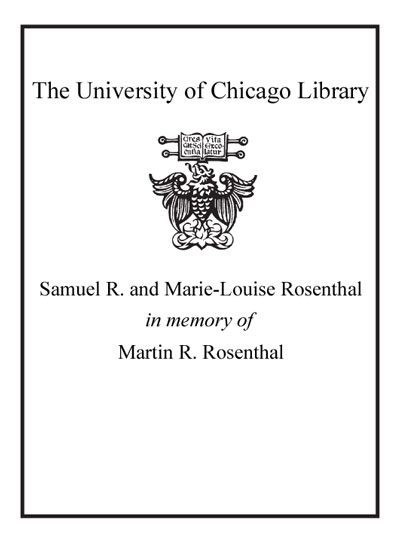The development of Latin clause structure : a study of the extended verb phrase /
Saved in:
| Author / Creator: | Danckaert, Lieven Jozef Maria, author. |
|---|---|
| Edition: | First edition. |
| Imprint: | Oxford : Oxford University Press, 2017. |
| Description: | xxii, 356 pages : illustrations ; 24 cm. |
| Language: | English |
| Series: | Oxford Studies in Diachronic and Historical Linguistics ; 24 Oxford studies in diachronic and historical linguistics ; 24. |
| Subject: | |
| Format: | Print Book |
| URL for this record: | http://pi.lib.uchicago.edu/1001/cat/bib/11061483 |
Regenstein, Bookstacks
| Call Number: |
PA2293 .D36 2017
|
|---|---|
| c.1 | Available Loan period: standard loan Scan and Deliver Request for Pickup Need help? - Ask a Librarian |

